Spain’s coastline stretches for over 3,000 miles, offering an incredible variety of seaside destinations that go far beyond the typical beach resort experience. From the rugged cliffs of the north to the sun-soaked shores of the south, these coastal gems showcase the country’s rich maritime heritage, stunning architecture, and vibrant local culture.
Whether you’re drawn to medieval fishing villages or bustling port cities with world-class seafood, Spain’s coastal towns deliver authentic experiences that feel worlds away from crowded tourist hotspots. Here is a list of 16 charming coastal towns that showcase the very best of Spain’s diverse shoreline.
Cudillero
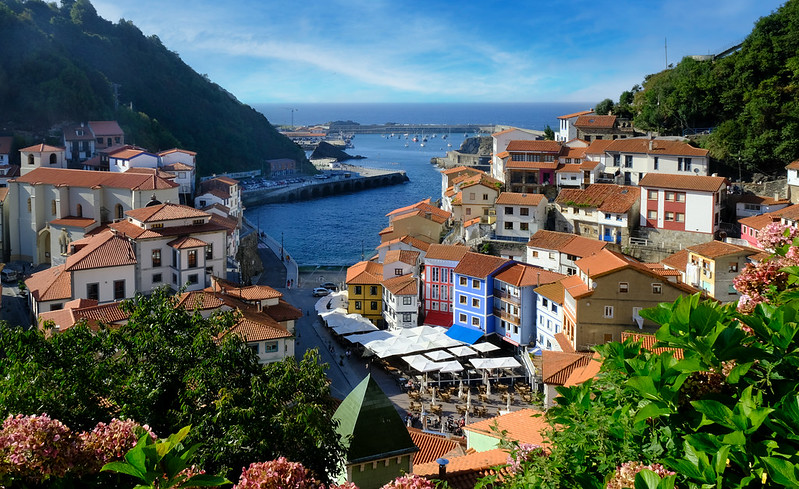
This Asturian fishing village looks like something straight out of a fairy tale, with its colorful houses cascading down steep hillsides toward a tiny harbor. The amphitheater-like layout means every building gets a front-row seat to the dramatic Bay of Biscay, creating one of Spain’s most photographed coastal scenes. Cudillero’s narrow cobblestone streets wind between centuries-old homes painted in vibrant yellows, blues, and reds that seem to glow against the moody northern sky. The town’s lighthouse, perched on a rocky outcrop, has been guiding fishermen home for generations and offers spectacular sunset views.
San Sebastián
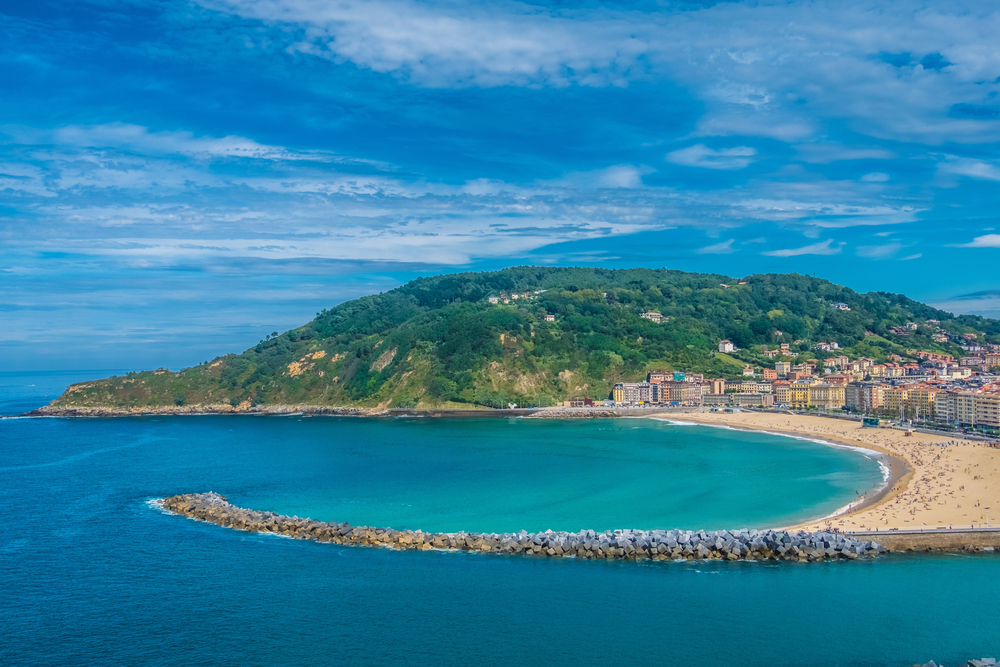
San Sebastián combines sophisticated city life with some of Europe’s best urban beaches, making it feel like Monte Carlo’s more relaxed cousin. The crescent-shaped Playa de la Concha consistently ranks among the world’s top city beaches, with its golden sand and calm waters perfect for swimming even in the cooler northern climate. Beyond the beach, the old town buzzes with pintxo bars where locals gather for evening snacks and conversations that stretch late into the night. The city’s Belle Époque architecture reflects its history as a royal summer retreat, giving every stroll an elegant, almost regal atmosphere.
Luarca
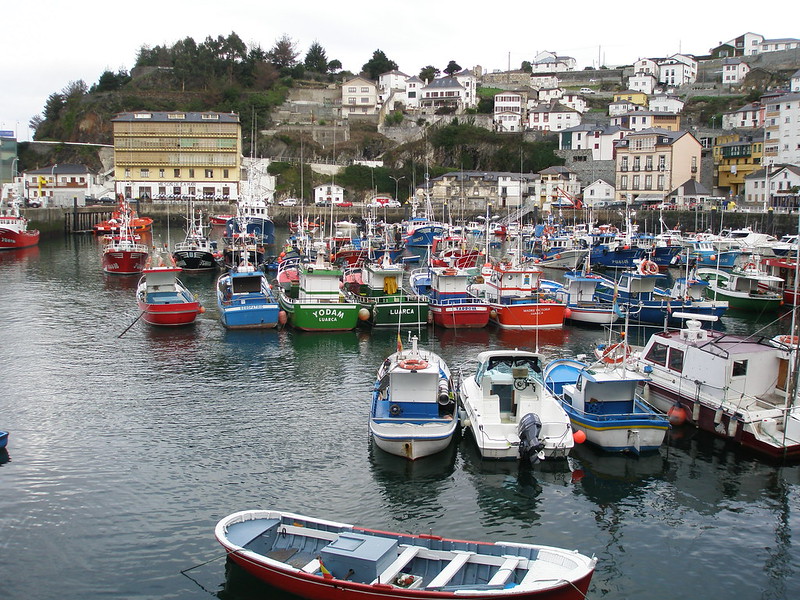
Known as the ‘White Town of the Green Coast,’ Luarca spreads along both sides of a river valley that opens directly onto the Cantabrian Sea, creating one of Asturias’ most picturesque harbor settings. The town’s whitewashed houses climb steep hillsides on either side of the Negro River, connected by an elegant stone bridge that offers perfect views of the colorful fishing boats bobbing in the protected harbor below. Luarca’s lighthouse, perched on a rocky peninsula, has become the symbol of the town and provides spectacular sunset views across the endless Atlantic horizon. The winding coastal path that leads to the lighthouse passes through manicured gardens and offers glimpses of hidden beaches tucked between dramatic rock formations.
Cadaqués
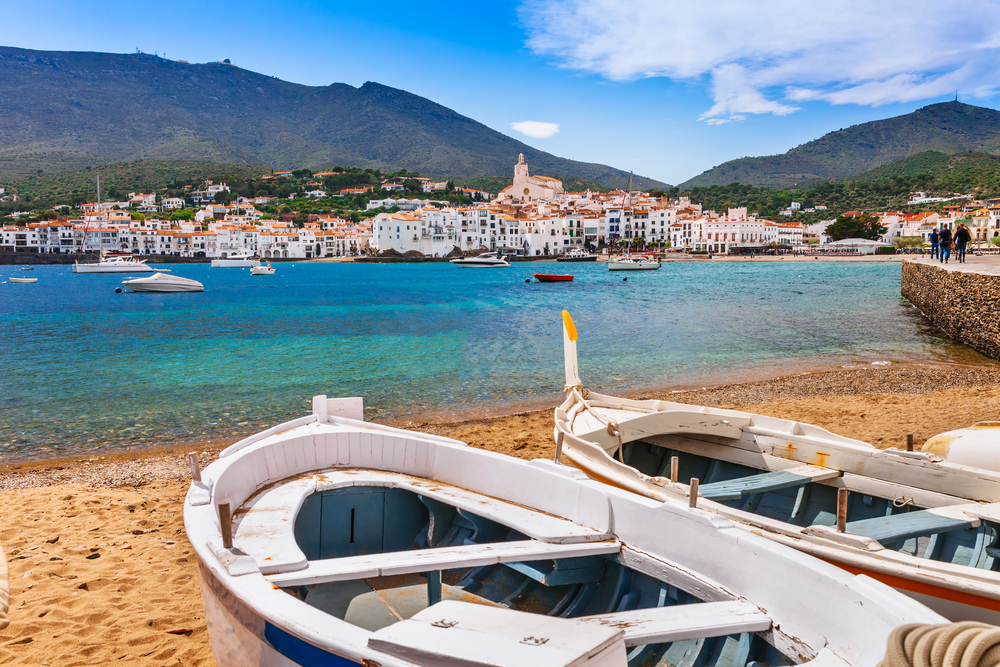
Salvador Dalí’s beloved hometown retains the surreal beauty that inspired the famous artist’s most iconic works. Whitewashed houses tumble down rocky hillsides toward a crystalline bay that shifts from turquoise to deep blue depending on the light, creating a natural canvas that changes throughout the day. The town’s isolation on the rugged Costa Brava has protected it from overdevelopment, preserving the authentic fishing village atmosphere that first attracted artists and bohemians in the early 20th century. Narrow streets wind past galleries, studios, and cafés where creative types still gather to discuss art over strong coffee and local wine.
Hondarribia
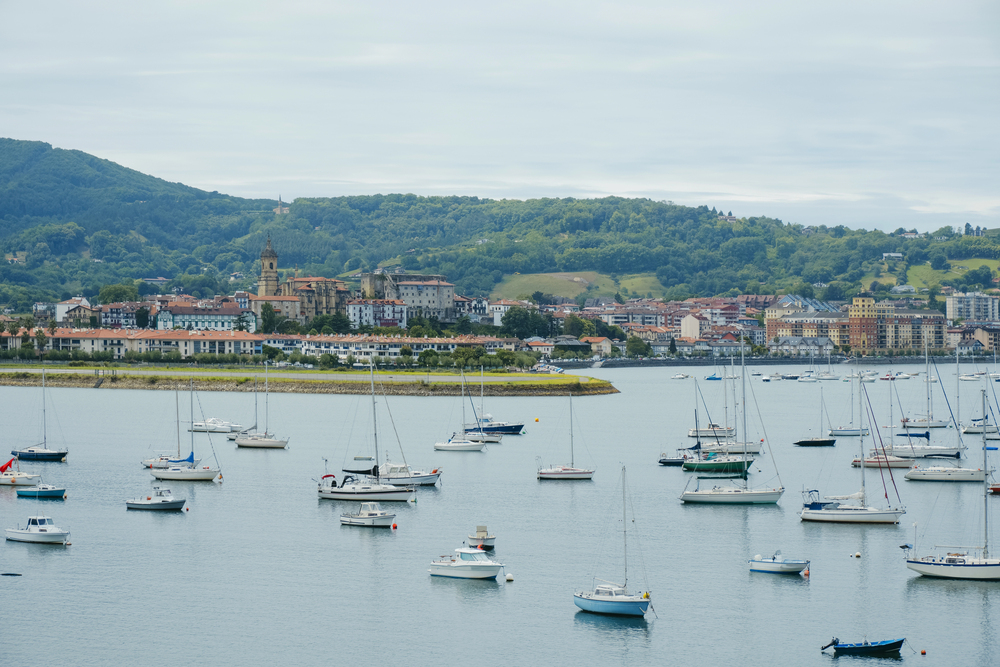
This Basque border town perfectly balances medieval charm with modern seaside pleasures, offering visitors a taste of both Spanish and French cultural influences. The walled old town features narrow streets lined with wooden-balconied houses decorated with colorful flower boxes, creating a picture-perfect setting that feels like a movie set. Hondarribia’s beach, Playa de Hondarribia, stretches along the Txingudi Bay with fine sand and calm waters ideal for families. The town’s strategic location at the mouth of the Bidasoa River made it an important fortress for centuries, and the impressive city walls and castle still dominate the skyline today.
Getaria
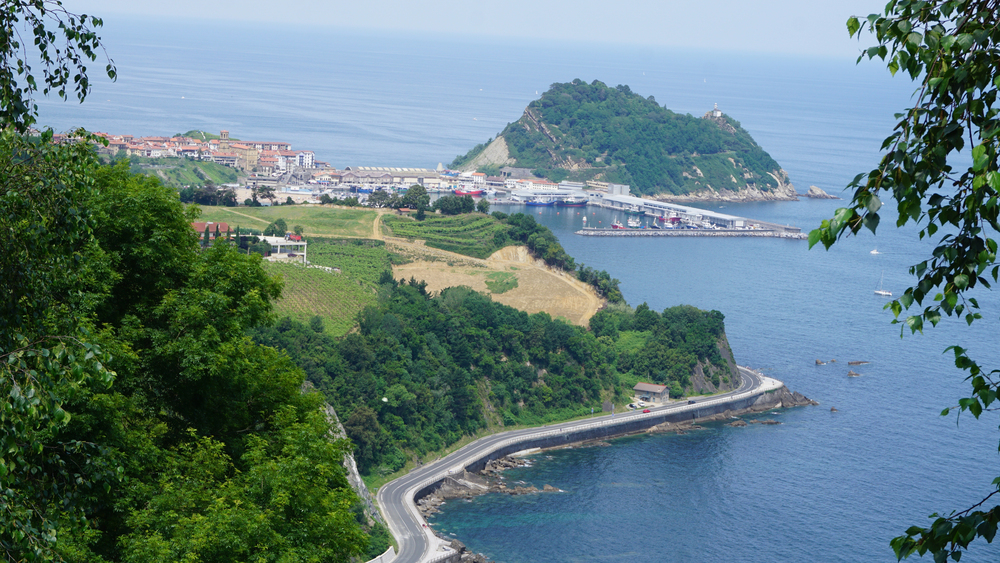
This tiny fishing port gave the world both the first person to circumnavigate the globe (Juan Sebastián Elcano) and some of Spain’s finest white wine (txakoli). The town wraps around a natural harbor protected by San Antón Island, a distinctive rock formation that locals call ‘the mouse’ because of its shape when viewed from the mainland. Getaria’s restaurants serve some of the best grilled fish in the Basque Country, with local fishermen bringing their catch directly to waterfront eateries each morning. The steep streets climb from the harbor to the hilltop church of San Salvador, offering panoramic views of the Cantabrian Sea and the surrounding green coastline.
Llanes
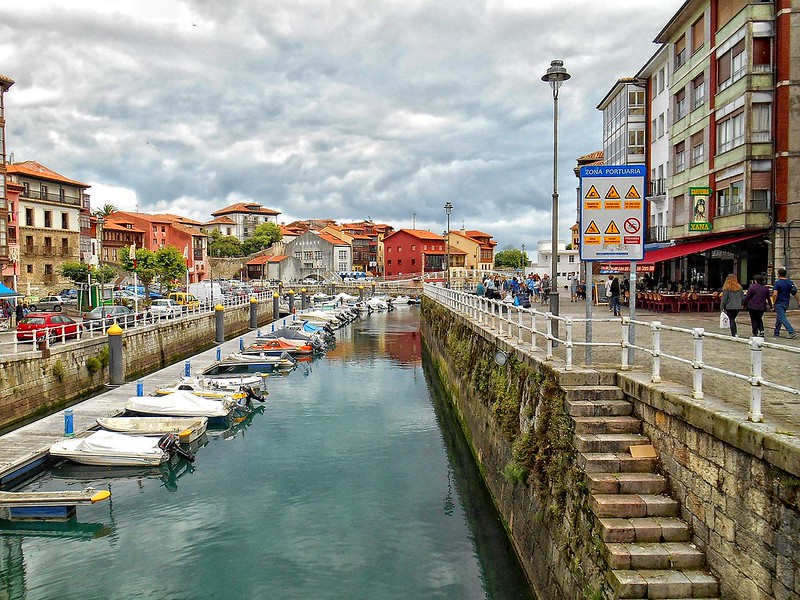
Llanes perfectly captures the wild beauty of Asturias with its dramatic coastline of towering cliffs, hidden beaches, and natural rock formations sculpted by centuries of Atlantic storms. The old town centers around a charming fishing port where brightly colored boats bob in a harbor surrounded by medieval walls and watchtowers. The nearby Bufones de Pría create natural geysers when waves crash through underground caves and shoot water high into the air, providing one of Spain’s most spectacular coastal displays. Local restaurants specialize in fabada asturiana and fresh seafood, offering hearty mountain cuisine with a maritime twist that reflects the region’s unique geography.
Comillas
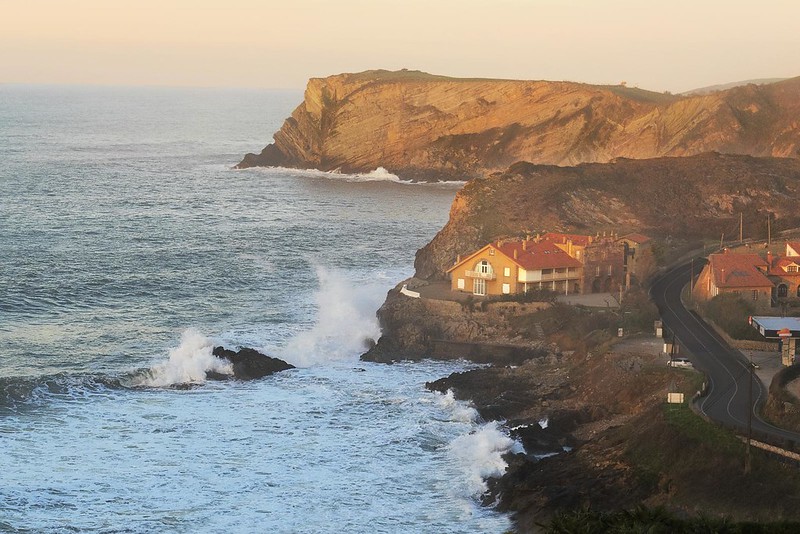
This elegant Cantabrian town showcases some of Spain’s most unusual architecture, including buildings designed by Antoni Gaudí that look like they belong in Barcelona rather than a small coastal village. El Capricho, Gaudí’s colorful ceramic-covered villa, stands out like a tropical bird among the more traditional stone buildings, creating an unexpected architectural dialogue between old and new. The town beach, Playa de Comillas, stretches for over a mile with fine sand and excellent facilities, making it popular with families seeking a more refined alternative to busier resort destinations. The Universidad Pontificia, a massive neo-Gothic complex perched on a hill overlooking the sea, adds an almost mystical quality to the town’s skyline.
Castro Urdiales
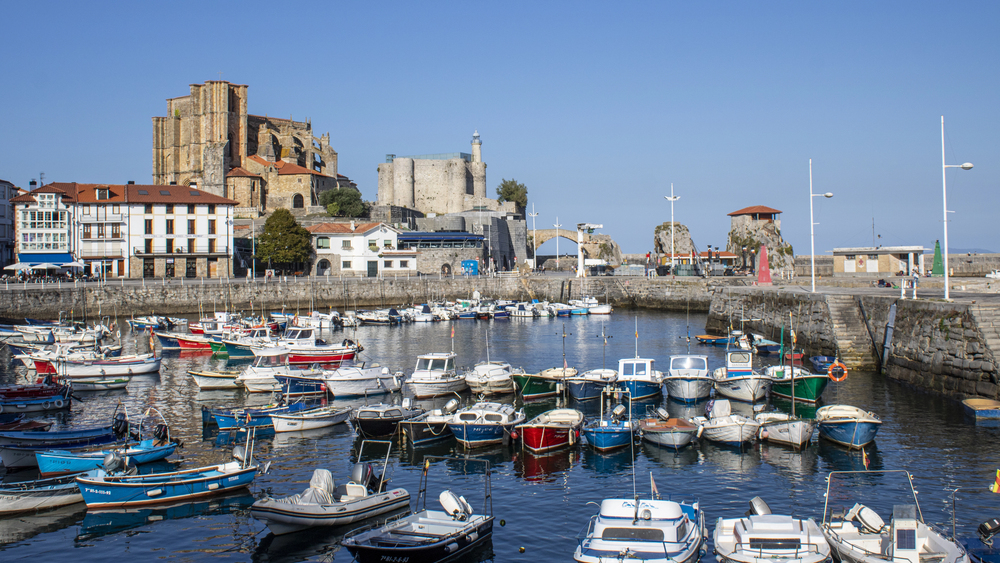
— Photo by Pablesku
Often called the ‘balcony of Cantabria,’ Castro Urdiales offers some of northern Spain’s most dramatic coastal scenery from its clifftop perch above the Bay of Biscay. The Gothic church of Santa María de la Asunción dominates the harbor like a medieval fortress, its massive stone walls and flying buttresses creating a striking silhouette against the often-stormy northern sky. The town’s Roman bridge connects the historic center to a lighthouse that has guided ships for over 700 years, creating one of Spain’s most photographed coastal landmarks. Local festivals throughout the summer fill the streets with traditional Cantabrian music and dancing, giving visitors a taste of authentic northern Spanish culture.
Lastres
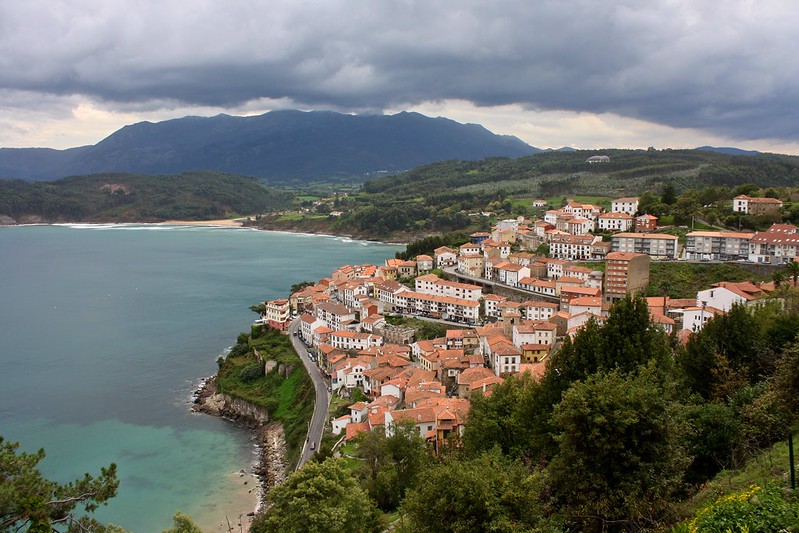
This tiny Asturian village clings to cliffsides so steep that houses seem stacked on top of each other like a child’s building blocks. The narrow streets are so precipitous that many are actually staircases, creating a vertical village where every turn reveals new views of the Cantabrian Sea spread out below. Lastres serves as the gateway to the Jurassic Coast, where 150-million-year-old dinosaur footprints can be found preserved in the rocky shoreline. The village’s isolation has preserved traditional fishing methods and architecture, making it feel like a living museum of maritime life in northern Spain.
Ribadesella
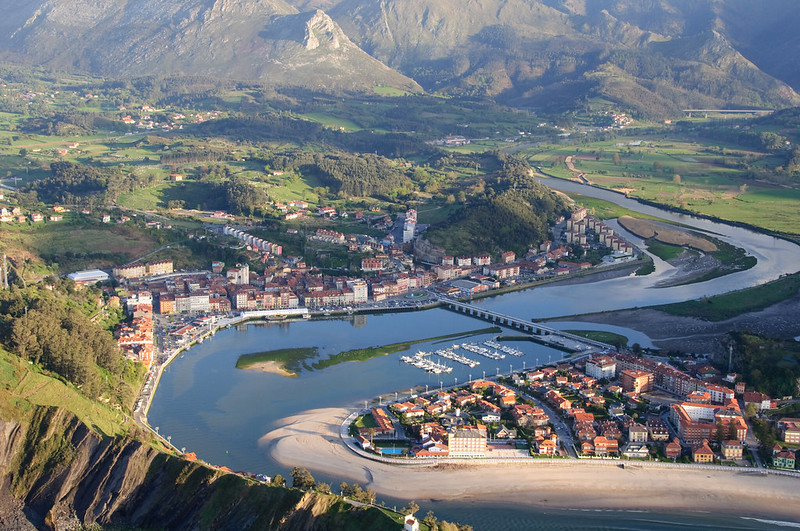
The Sella River meets the Cantabrian Sea at Ribadesella, creating a unique estuary environment where fresh and saltwater mix in tidal pools perfect for exploring. The town splits into two distinct areas connected by a graceful bridge: the historic fishing village on one side and the newer beach resort on the other. Every August, thousands of canoeists participate in the International Descent of the Sella, paddling 12 miles down the river from Arriondas to finish at Ribadesella’s beach in one of Spain’s most popular sporting events. The nearby Tito Bustillo Cave contains some of Europe’s finest prehistoric art, adding archaeological significance to this already picturesque coastal destination.
Viveiro
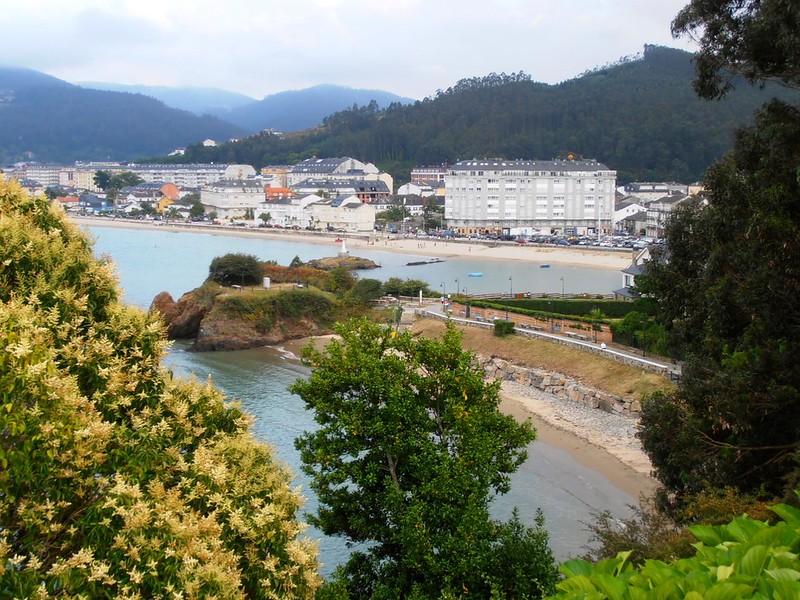
Viveiro’s medieval walls still partially encircle this Galician port town, creating intimate plazas and narrow streets that feel more like outdoor rooms than public spaces. The town sits at the mouth of the Landro River where it meets the Cantabrian Sea, providing both river and ocean views from elevated points throughout the historic center. Covas Beach stretches for nearly 2 miles just outside town, offering some of Galicia’s finest white sand and clearest water in a setting backed by pine forests and rolling hills. The annual Festival of Resurrection Port transforms the usually quiet streets into a celebration of Galician culture with traditional music, dancing, and regional cuisine.
Baiona
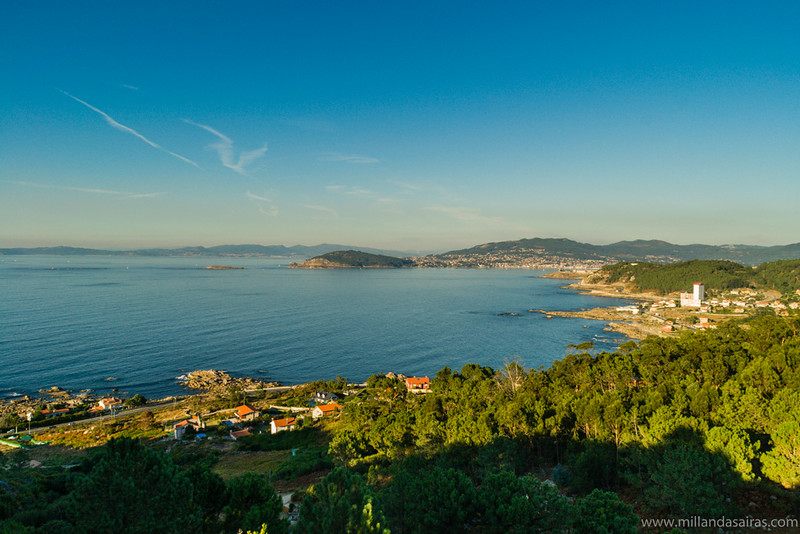
This Galician town holds the distinction of being the first place in Europe to receive news of Columbus’s successful voyage to the Americas when the Pinta arrived here in 1493. The massive Monterreal Fortress, now converted into a luxury parador hotel, commands stunning views across the Ría de Vigo toward the Cíes Islands. Baiona’s waterfront promenade stretches along a series of small beaches and rocky coves, creating perfect spots for morning walks with views that change with the tides. The town’s maritime museum occupies a replica of Columbus’s Pinta, allowing visitors to experience what those historic voyages might have felt like for the sailors who made them.
Ribadeo
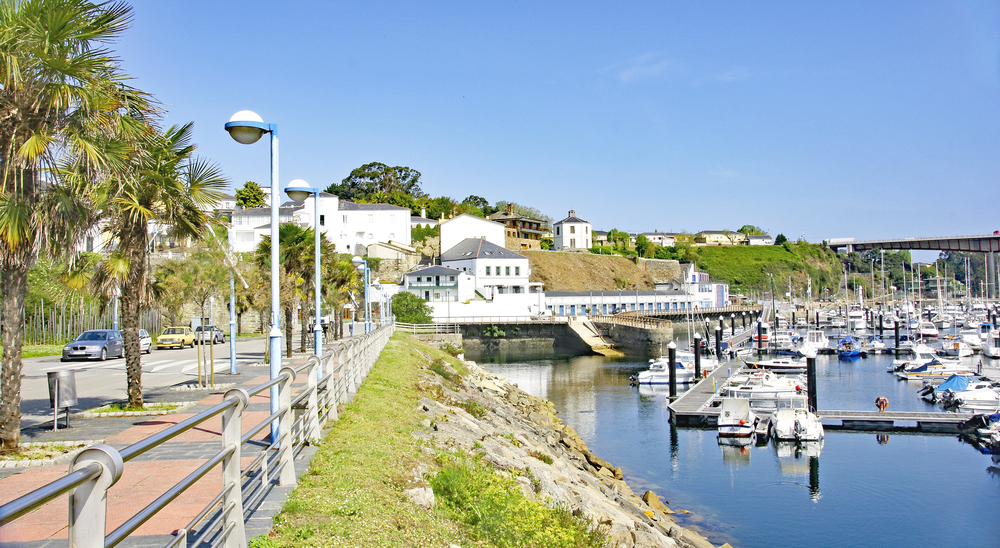
— Photo by sanguer
Ribadeo sits right on the border between Galicia and Asturias, where the Eo River creates a wide estuary perfect for water sports and birdwatching. The town’s old quarter features traditional Galician architecture with glass-enclosed balconies that catch and amplify the often-limited northern sunlight. Just outside town, As Catedrais Beach showcases some of Spain’s most dramatic coastal geology with natural arches and caves carved from the cliffs by centuries of Atlantic storms. The beach can only be visited at low tide when the ‘cathedrals’ of stone are fully exposed, making each visit feel like discovering a secret natural wonder.
Noja
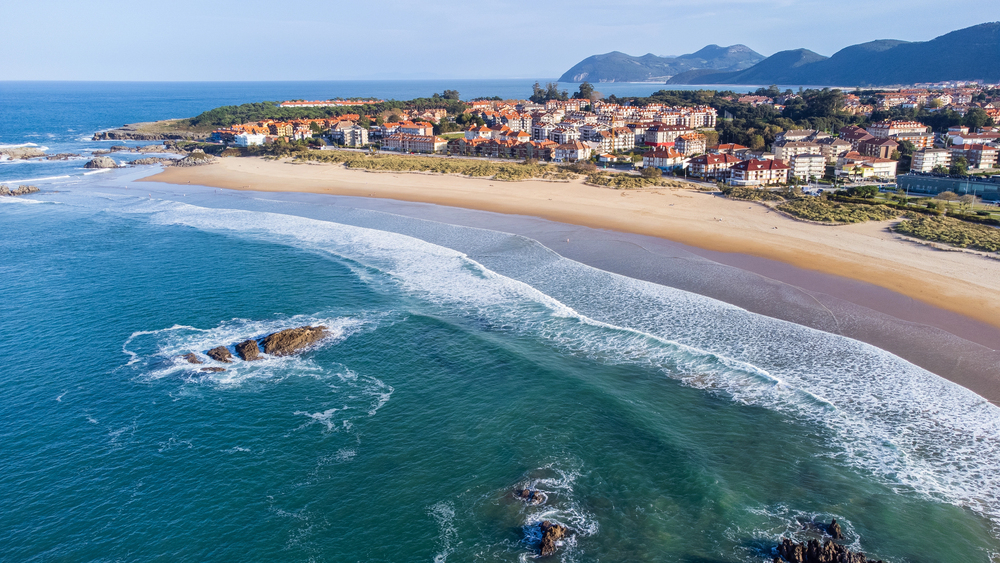
Noja boasts over 5 miles of uninterrupted sandy beaches backed by protected dunes and pine forests, creating one of Cantabria’s most important natural environments. The town itself remains refreshingly low-key despite its excellent beaches, with a small historic center focused around a traditional Spanish plaza surrounded by cafés and family-run restaurants. The nearby Victoria and Helgueras wetlands provide crucial habitat for migrating birds, making Noja a favorite destination for nature lovers and photographers. Local restaurants specialize in anchovies prepared dozens of different ways, reflecting the town’s long relationship with these tiny but flavorful fish.
Sanxenxo
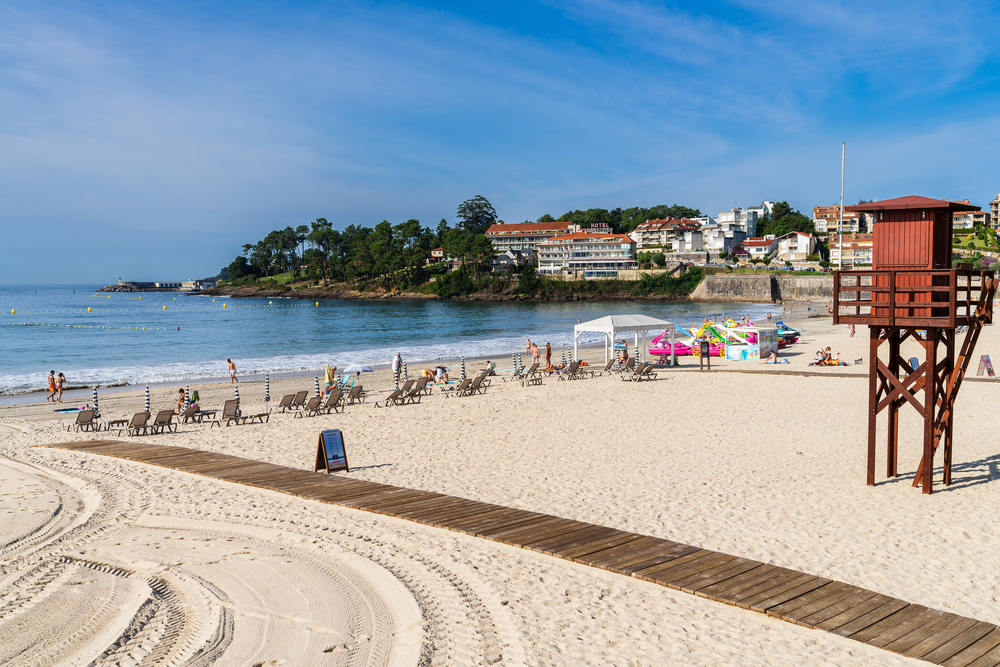
— Photo by RicardoAlgar
Often called the ‘Galician Riviera,’ Sanxenxo combines sophisticated resort amenities with the authentic charm of a traditional fishing village. The town’s beaches consistently earn blue flag status for their cleanliness and facilities, while the historic center maintains its narrow streets and traditional Galician architecture. Sanxenxo sits at the heart of the Rías Baixas wine region, famous for its crisp Albariño whites that pair perfectly with the local seafood. The nearby Ons Island can be reached by ferry and offers hiking trails, secluded beaches, and some of Galicia’s clearest water for swimming and snorkeling.
Where Spain’s Coast Comes Alive

— Photo by nycruss
These coastal towns represent the soul of maritime Spain, where centuries of fishing, trading, and seafaring have created communities that feel authentically connected to the sea. Each destination offers its own interpretation of Spanish coastal life, from the sophisticated beach culture of San Sebastián to the rugged simplicity of Asturian fishing villages. The diversity of Spain’s coastline means that every traveler can find their perfect seaside escape, whether they prefer dramatic cliffs or gentle sandy beaches. These towns prove that Spain’s greatest coastal treasures aren’t always the biggest or most famous destinations, but often the places where local life continues much as it has for generations.
More from Travel Pug

- 20 Best Beach Towns in the Carolinas
- 13 Destinations Where Tourists Regularly Regret Their Trip
- 20 Things You Actually Get in First Class
- 20 Small Airports With Aviation Museums
- 20 Places in the U.S. That Are Perfect for a Reset Trip
Like Travel Pug’s content? Follow us on MSN.
